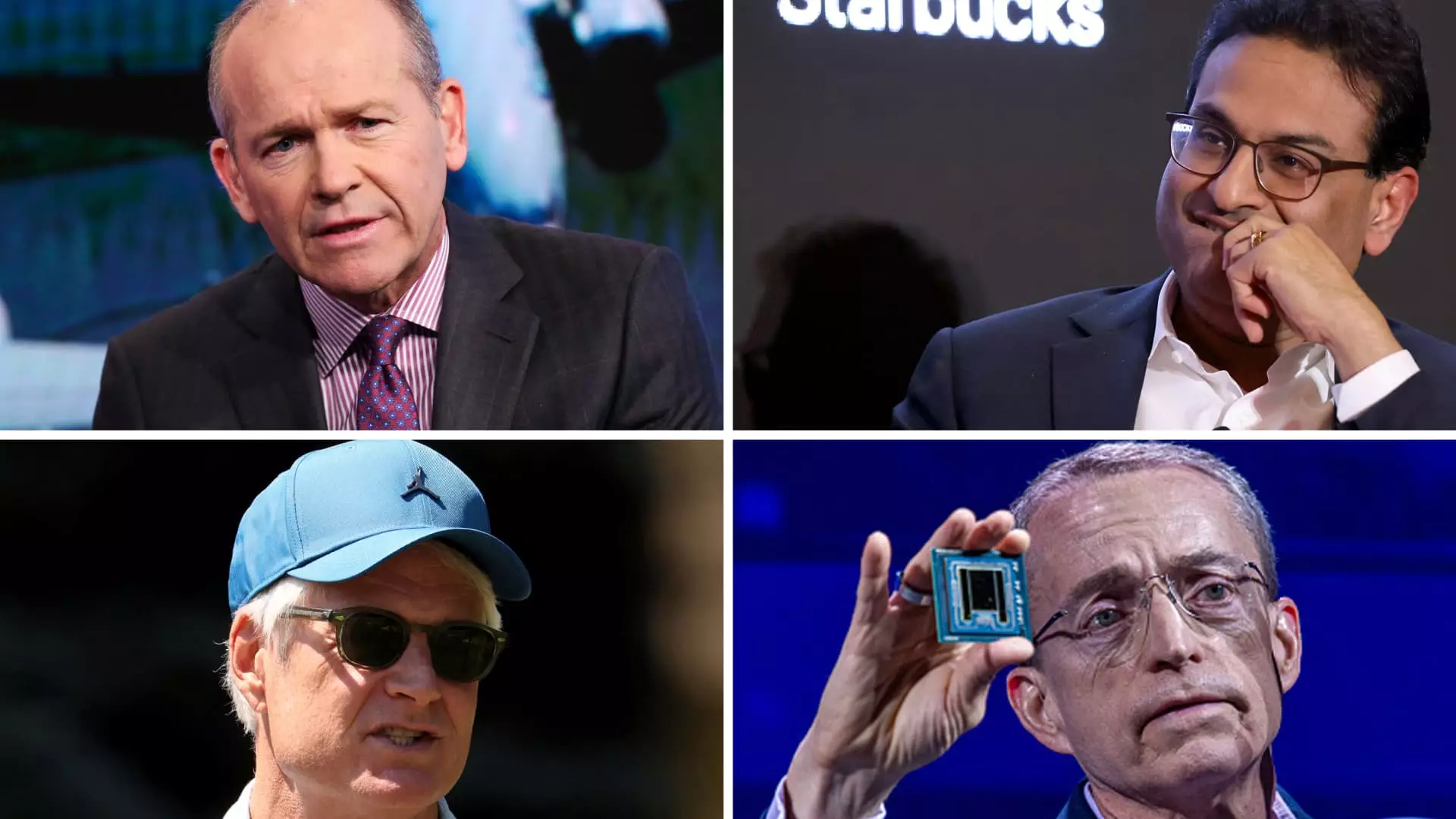The corporate world experienced an unusual wave of leadership changes this year, with a staggering 327 chief executive officer transitions announced among U.S. public companies through November. This figure marks the highest rate of turnover recorded since 2010, according to the outplacement firm Challenger, Gray & Christmas. It signifies not just a number but a broader trend that reveals underlying issues within key industries. This article delves into the factors contributing to this remarkable turnover, highlighting how companies are responding to evolving market conditions and shareholder expectations.
Market dynamics are shifting at an unprecedented pace, forcing companies to reevaluate their leadership. The landscape, once stable during the pandemic, has become tumultuous due to heightened economic challenges that range from inflation and labor shortages to changing consumer behaviors. As consumer demand began to rebound in the post-pandemic era, boards of directors became increasingly intolerant of ineffectiveness among their top executives. This impatience translates into swift executive turnover, as pointed out by Clarke Murphy, a leadership advisory expert. In years marked by strong returns on the stock market, failures become glaringly conspicuous, pressing boards to act swiftly to align themselves with competitive practices.
Different sectors experience varying levels of CEO turnover, often influenced by consumer preferences and the nature of the business. For example, consumer-centric enterprises often witness higher turnover rates compared to industries such as oil and gas, where leadership tenures tend to be more stable. This is indicative of the volatile nature of consumer-based markets, where fleeting trends dictate company fortunes. Organizations such as Boeing, Nike, and Starbucks, which have historically dominated their markets, are now under immense pressure to adapt and innovate. The drastic leadership changes at these companies reflect a calculated urgency to regain market position and investor confidence.
Several high-profile exits make this year’s turnover particularly striking. Intel, a cornerstone in the semiconductor industry, witnessed the ousting of CEO Pat Gelsinger. Despite his initial hopes to revitalize the company, competitors like Nvidia surged ahead while Intel faltered, leading to a change in leadership. The need for a new direction was undeniable.
In the aerospace sector, Boeing’s tumultuous journey continued with the departure of Dave Calhoun. Just months after being drawn back into a safety crisis, following yet another serious operational issue, the company sought fresh leadership to navigate these challenges. The choice of Kelly Ortberg, a seasoned executive plucked from retirement, underscores the gravity of the situation as the company grapples with production stability and reputational recovery.
Similarly, Starbucks took decisive action by bringing in Chipotle Mexican Grill’s Brian Niccol as CEO to rejuvenate its operations. With traditional consumers becoming more discerning, the shift in governance at Starbucks is a strategic pivot to align the franchise back to its core qualities that initially drew customers, marking a significant strategic realignment.
The Broader Impact on Corporate Culture
Frequent leadership changes can disrupt corporate culture and employee morale, making it essential for companies to manage transitions deftly. The appointment of experienced executives from within the industry—as seen with Scott Boatwright at Chipotle—can foster continuity amid changes. However, regardless of the smooth transitions, the volatility of leadership positions calls for a reassessment of strategic objectives and goals, ensuring that new leaders not only understand the company’s values but can also navigate the changing landscape effectively.
As businesses continue to adapt to a rapidly changing economic environment, the uptick in CEO turnover serves as both a warning and a lesson. It underscores the necessity for executive leaders to remain adaptable, informed, and prepared to pivot in the face of adversity. The implications are clear: as boards become more eager to take decisive action against underperformance, cultivating resilient and forward-thinking management teams will be critical to stabilize operations and navigate the future.
The ongoing turnover of CEOs presents both challenges and opportunities for organizations. While some transitions may seem disruptive, they can ultimately foster innovation and renewal. The coming years will reveal whether these changes translate into sustained betterment or merely an intricate dance of leadership reshuffles amidst a complex corporate landscape.

